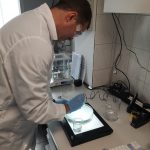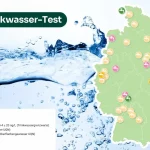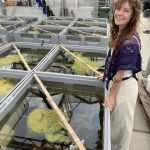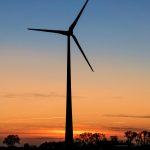In this article, Larissa shares her personal reflection on overcoming imposter syndrome among early-career researchers, and shows how a simple self-assessment transformed her self-doubt into evidence of real progress.
Continue readingOvercoming the “Imposter” with Evidence










